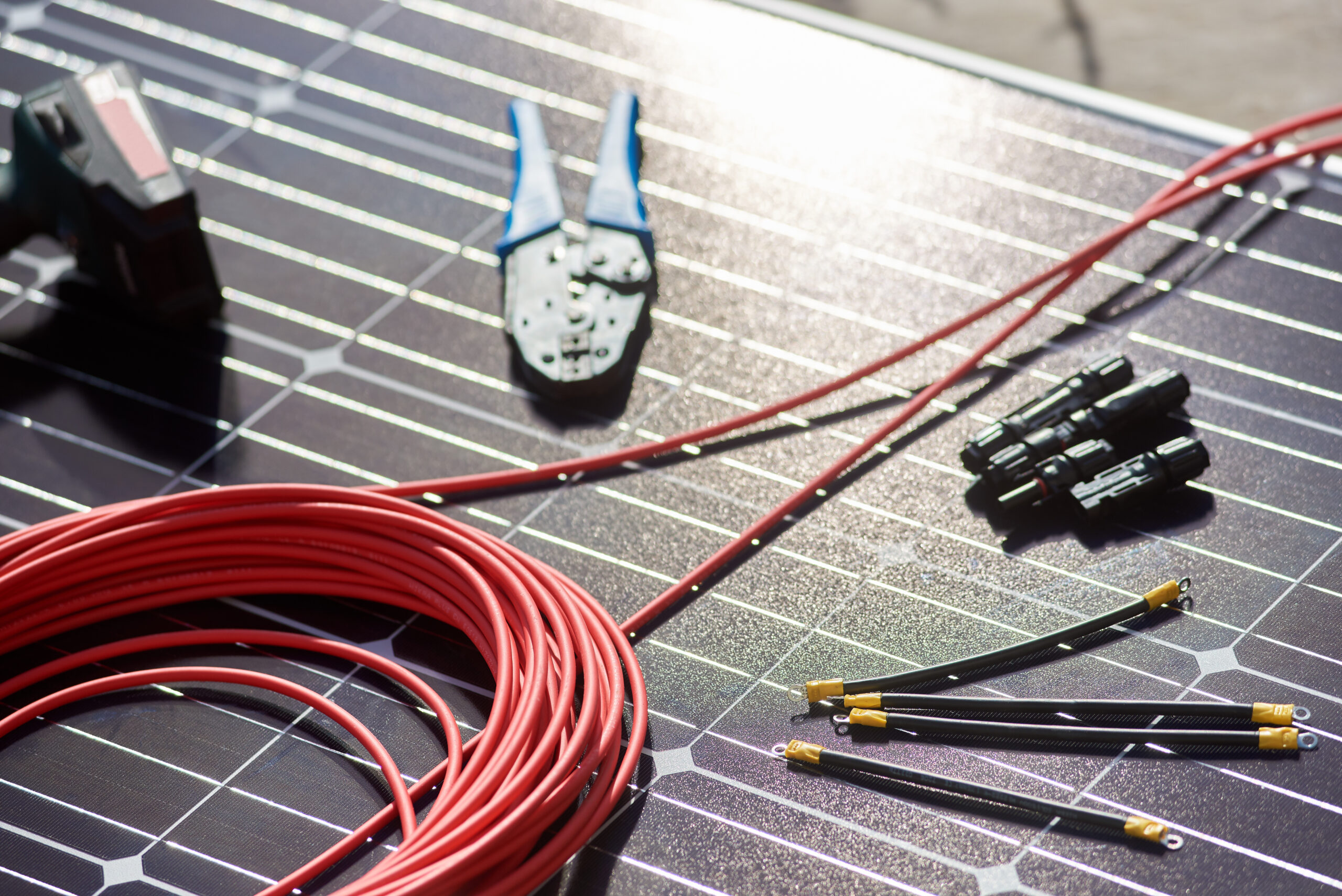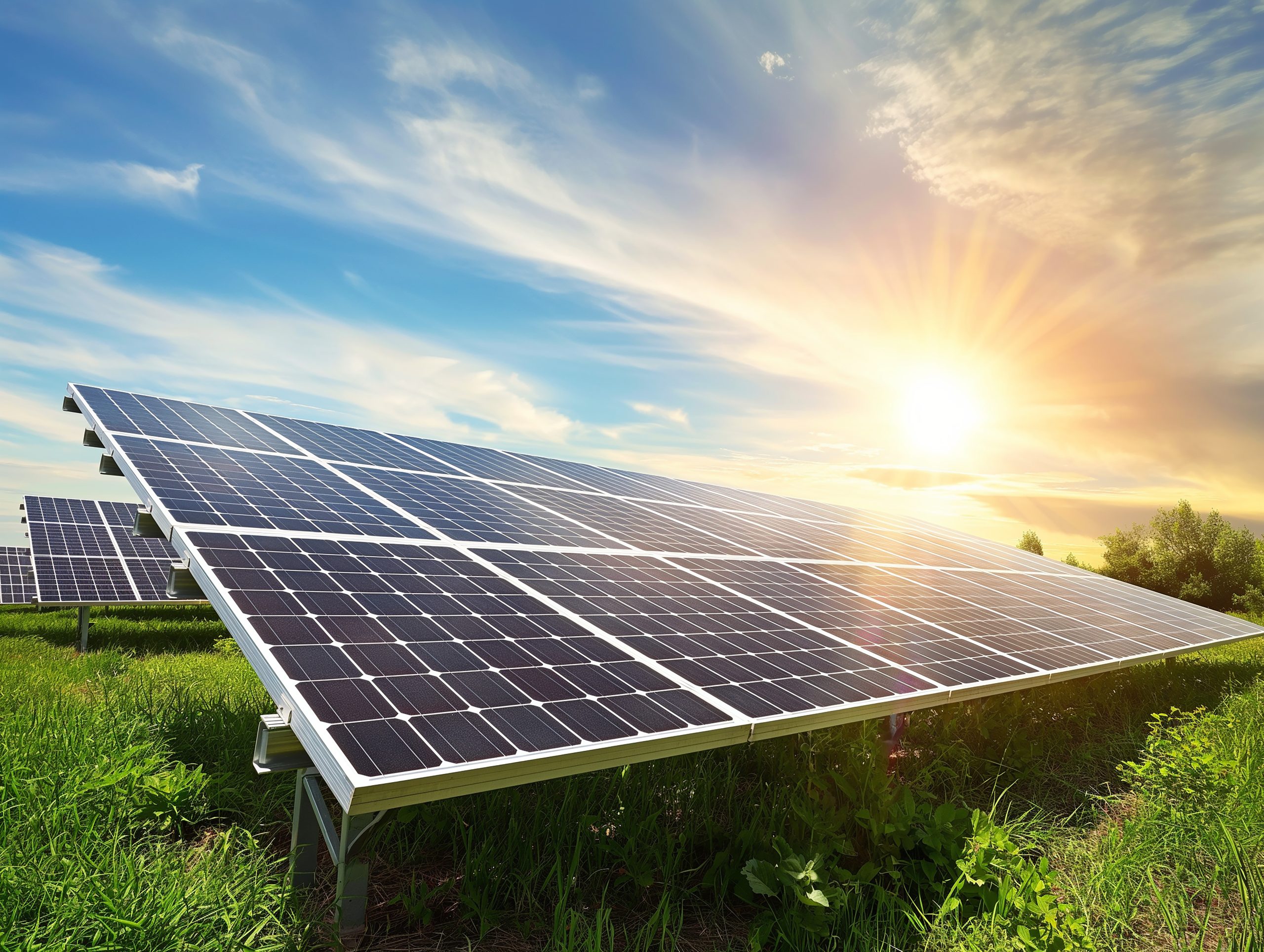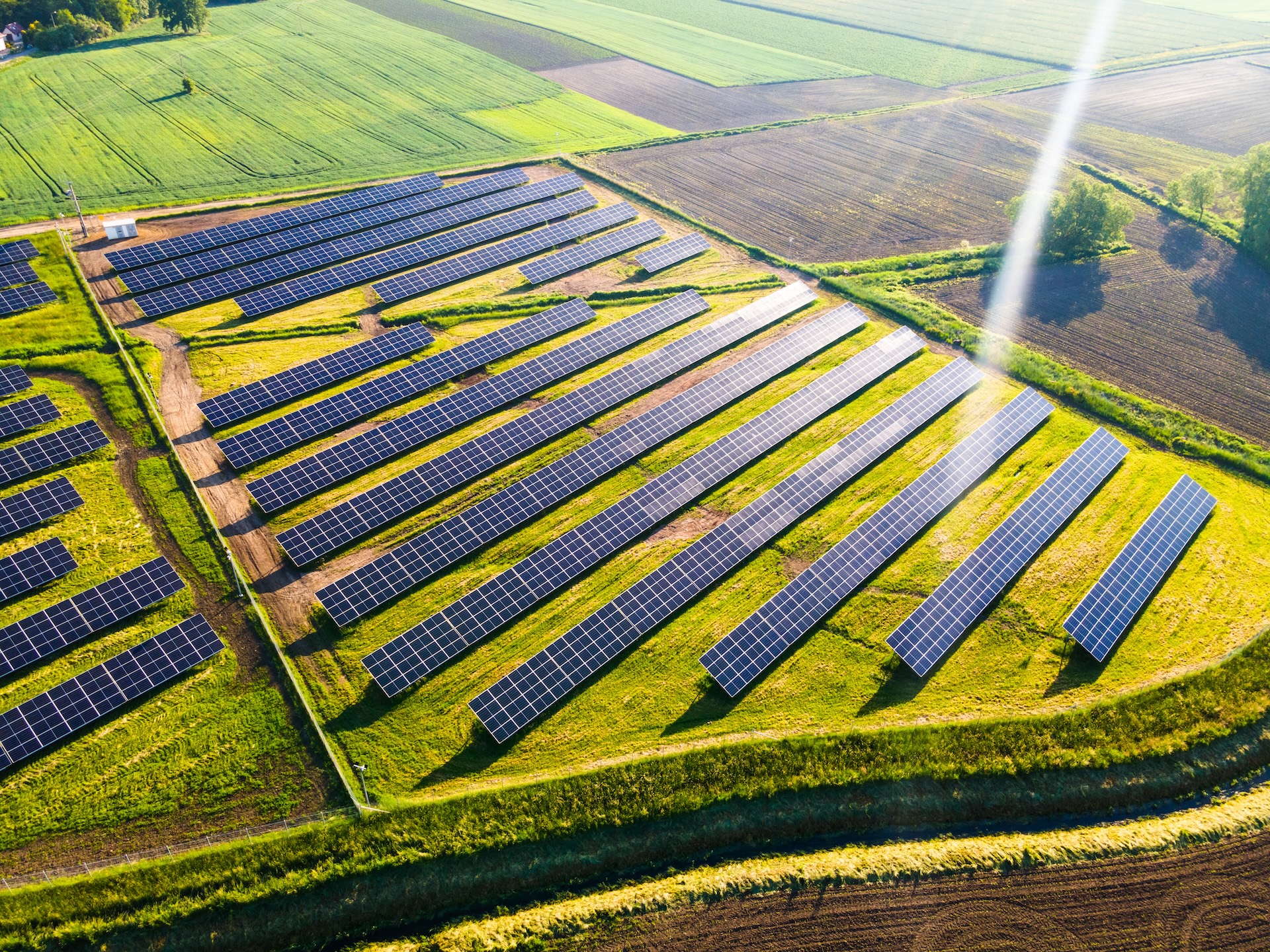
Understanding the Process of Connecting Solar to the Grid: A Step-by-Step Guide
- 1.Solar Panel Technologies: Unveiling the Power of the Sun
- 2.Overcoming Challenges: Navigating the Complexities of Connecting Solar to the Grid
- 3.Top 10 Weirdest Innovations in Solar Energy Technology
- 4.Once You’ve Decided to Go Solar: What Are the Next Steps and What to Expect?
- 5.The Comprehensive Benefits of Adding Solar to Your Home or Business
- 6.The Impact of Solar Energy on Property Value: How Installing Solar Panels Can Boost Residential and Commercial Real Estate
- 7.How to Make Sure Your House or Office Building is in Top Shape and Ready for Solar Energy
- 8.How Seasonal Changes Affect Solar Panels and the Grid
- 9.New Year, New Energy: Why 2025 Is the Perfect Year to Go Solar
- 10.Keeping the Lights On: How Solar Energy Shields You from Power Outages
- 11.Top Solar Technology Trends to Watch in 2025
- 12.Spring into Savings: Why Now is the Best Time to Go Solar in Puerto Rico
- 13.Understanding the Process of Connecting Solar to the Grid: A Step-by-Step Guide
- 14.Solar and Gardening: Can Panels and Plants Coexist?
- 15.Summer Energy Savings: How Solar Power Can Lower Your Utility Bills This Summer
- 16.What Is Ground-Mounted Solar? A Complete Guide for Homeowners & Businesses
- 17.How Much Electricity Does Your Business Need to Go Solar?
- 18.Why Fall is the Best Time to Install Solar Panels
As solar energy continues to grow as a sustainable energy solution, understanding how to connect your solar system to the grid is a crucial step in making the most of your investment. Whether you’re a homeowner looking to reduce energy bills, a business aiming to lower operational costs, or simply someone interested in clean energy, connecting your solar system to the grid opens numerous benefits. But how exactly does this process work? In this blog, we’ll break down the essential steps involved in connecting a solar system to the grid, the technology behind it, and the advantages it offers to consumers.
What Does it Mean to Connect Solar to the Grid?
When we talk about “connecting solar to the grid,” we’re referring to the process of linking your solar energy system to the electrical grid, which is the network that delivers electricity to homes, businesses, and industries. This connection allows your solar system to share excess energy with the grid when your system produces more electricity than you need. It also enables you to draw power from the grid when your solar panels aren’t producing enough energy—such as at night or on cloudy days.
The Basic Components of a Grid-Tied Solar System
Before diving into the process, it’s important to understand the basic components of a grid-tied solar system:
- Solar Panels: These collect sunlight and convert it into direct current (DC) electricity.
- Inverter: This device converts DC electricity from the solar panels into alternating current (AC) electricity, which is the type used by most household appliances.
- Utility Meter: A special meter that tracks how much electricity your solar system produces and how much you consume. It also measures the amount of energy sent to or received from the grid.
- Disconnect Switch: A safety feature that allows the system to be disconnected from the grid when necessary, for example, during maintenance or emergencies.
Step-by-Step Process of Connecting Solar to the Grid
Now that we understand the basic components, let’s explore the process of connecting your solar system to the grid. This process can vary depending on local regulations, but here’s a general overview:
- Site Assessment and Design
The process starts with a professional site assessment by a certified solar installer. During this assessment, the solar installer evaluates your property, roof structure, energy usage patterns, and local environmental conditions to design a solar system that meets your needs. The installer will also consider factors such as your roof’s orientation, shading from trees or buildings, and the amount of sunlight your location receives.
Once the site assessment is complete, the installer will propose a solar design, which includes the number of solar panels needed, the type of inverter, and any additional equipment required for the grid connection.
- Permitting and Approval
Before installation begins, you’ll need to apply for permits with your local government and utility provider. This step ensures that your solar installation meets all necessary codes and safety standards. Your solar installer will usually handle the paperwork for these permits, which may include building permits, electrical permits, and interconnection agreements with the utility company.
Interconnection agreements are contracts that outline the terms of connecting your solar system to the grid. These agreements typically include details about how excess energy will be credited or compensated, the role of the utility company in maintaining grid stability, and the technical specifications of the system. The utility company will review your application and may conduct an inspection of the planned installation.
- Installation of the Solar System
Once the necessary permits are in place, the installation can begin. The process usually takes anywhere from one to three days, depending on the size and complexity of the system. The solar installer will mount the solar panels, connect the electrical wiring, and install the inverter and other equipment. During this step, the system is typically connected to your electrical panel, which allows your home or business to draw electricity from both the solar system and the grid.
- Inspection and Final Approval
After installation, the local building inspector and/or utility company will conduct an inspection to ensure that the system complies with local codes and the interconnection agreement. This is an important safety check to ensure that the system is operating correctly and that it won’t pose any risks to the grid or your property.
Once the inspection is complete and the system passes, the utility company will grant final approval for the connection. At this point, your solar system is officially connected to the grid, and you’re ready to start generating and using solar power.
- Net Metering Setup
If your utility company offers net metering, your system will be set up to track the amount of energy you send to and receive from the grid. Net metering is a billing arrangement that credits you for the excess energy your solar system produces. Essentially, when your system generates more electricity than you need, the excess is sent to the grid, and you receive a credit on your utility bill. When your system isn’t producing enough power (at night or on cloudy days), you draw energy from the grid, using those credits.
The utility company will install a bi-directional meter that tracks both the energy you consume and the energy you export. In some areas, net metering may be limited or unavailable, so it’s essential to understand the specific policies in your region.
- System Activation and Monitoring
Once everything is set up and approved, your solar system will be activated. Some solar systems have monitoring systems that allow you to track their performance online or via an app. These systems provide real-time data about your energy production, consumption, and savings, giving you insight into how well your solar system is performing.
Many installers offer ongoing maintenance services to ensure your solar system continues to operate efficiently. It’s also a good idea to have the system inspected periodically to ensure that it remains in optimal working condition.
Benefits of Connecting Solar to the Grid
- Cost Savings: Connecting your solar system to the grid allows you to reduce your electricity bills significantly. By using solar power during the day and drawing from the grid at night, you can lower your energy costs.
- Energy Independence: While you remain connected to the grid, your reliance on traditional power sources is reduced, increasing your energy independence.
- Environmental Impact: By using renewable solar energy, you’re reducing your carbon footprint and contributing to a cleaner, more sustainable energy future.
- Sell Excess Power: If your system produces more energy than you need, you can sell the excess power back to the grid, earning credits or payments from your utility provider.
Conclusion
Connecting your solar system to the grid is a vital step in making the most of your solar investment. By understanding the process, from design and permitting to installation and activation, you can ensure that your system operates smoothly and efficiently. Grid connection allows you to lower your energy costs, increase your energy independence, and contribute to a cleaner, more sustainable future. Whether you’re just beginning to explore solar power or are ready to make the leap, the process of connecting to the grid is a crucial part of reaping the full benefits of solar energy.
If you’re ready to learn more or get started on your solar journey, our team is here to help you through every step of the process. Contact us today for a consultation!


